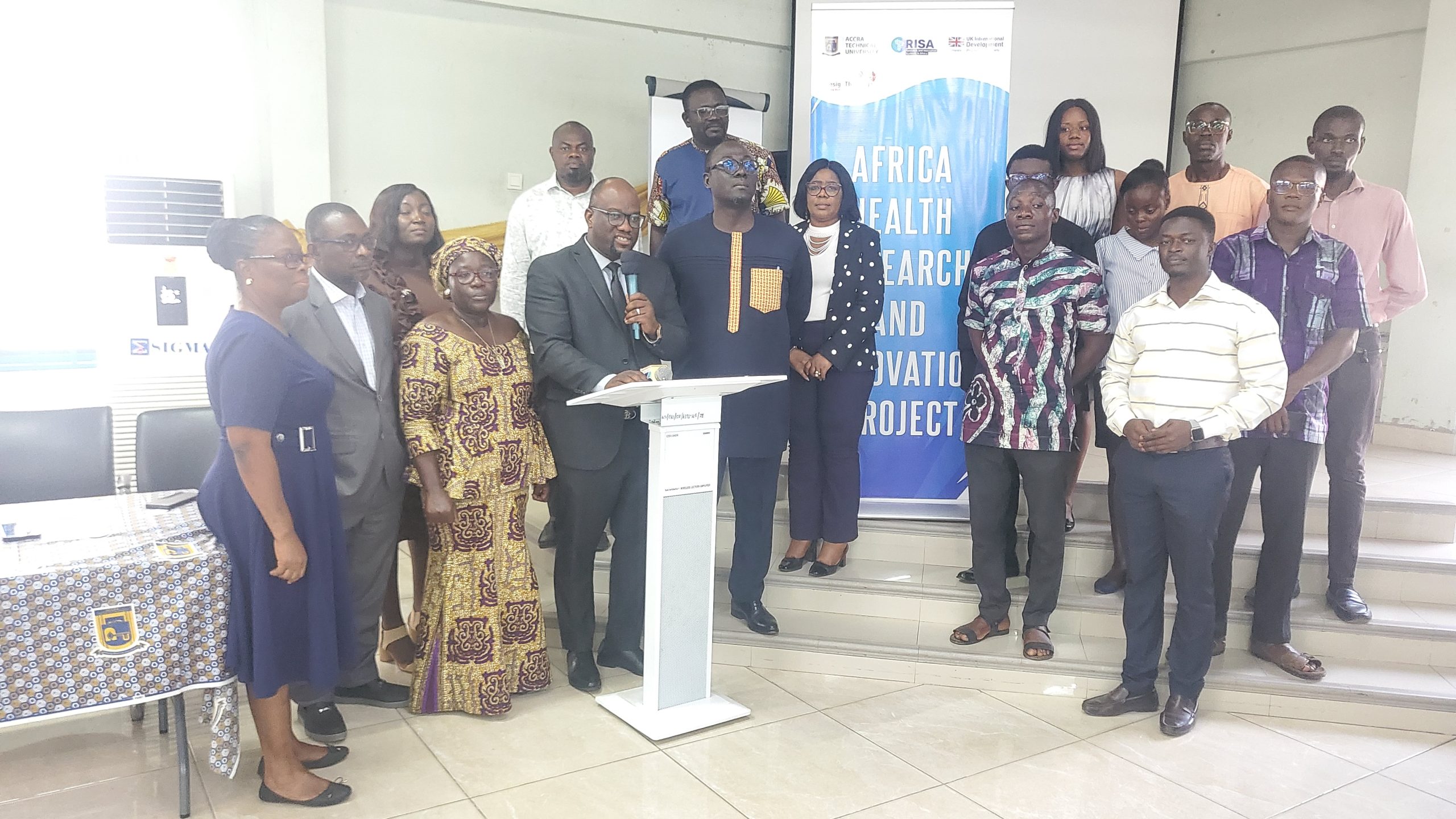- Hurricane Milton timeline: Where and when will it make landfall in Florida?
- CVS, UnitedHealth say FTC should take Lina Khan and two commissioners off drug middlemen case
- Ozempic underworld: Inside the black market of obesity drugs
- Weekly mortgage demand drops as interest rates hit the highest level since August
- HSBC exec says there's a lot of AI 'success theater' happening in finance
What do you believe is the single most important factor driving up the cost of living in Nigeria?

Peptides and plastics combine for energy-efficient materials
Step aside hard, rigid materials. There is a new soft, sustainable electroactive material in town—and it's poised to open new possibilities for medical devices, wearable technology and human-computer interfaces.
Using peptides and a snippet of the large molecules in plastics, Northwestern University materials scientists have developed materials made of tiny, flexible nano-sized ribbons that can be charged just like a battery to store energy or record digital information.
Highly energy efficient, biocompatible and made from sustainable materials, the systems could give rise to new types of ultralight electronic devices while reducing the environmental impact of electronic manufacturing and disposal.
The study, "Peptide programming of a supramolecular vinylidene fluoride ferroelectric phase," was published on Oct. 9 in the journal Nature.
With further development, the new soft materials could be used in low-power, energy-efficient microscopic memory chips, sensors and energy storage units. Researchers also could integrate them into woven fibers to create smart fabrics or sticker-like medical implants.

- October 9, 2024
Social media users opt for new privacy haven, study finds


- October 9, 2024
Scientists study elephant wrinkles to understand their purpose


- October 9, 2024
Professor helps discover global gap in geologic record


- October 9, 2024
State to deploy hi-tech security during national exams
Subscribe to our mailing list to get the new updates!

Subscribe our newsletter to stay updated
Thank you for subscribing!







